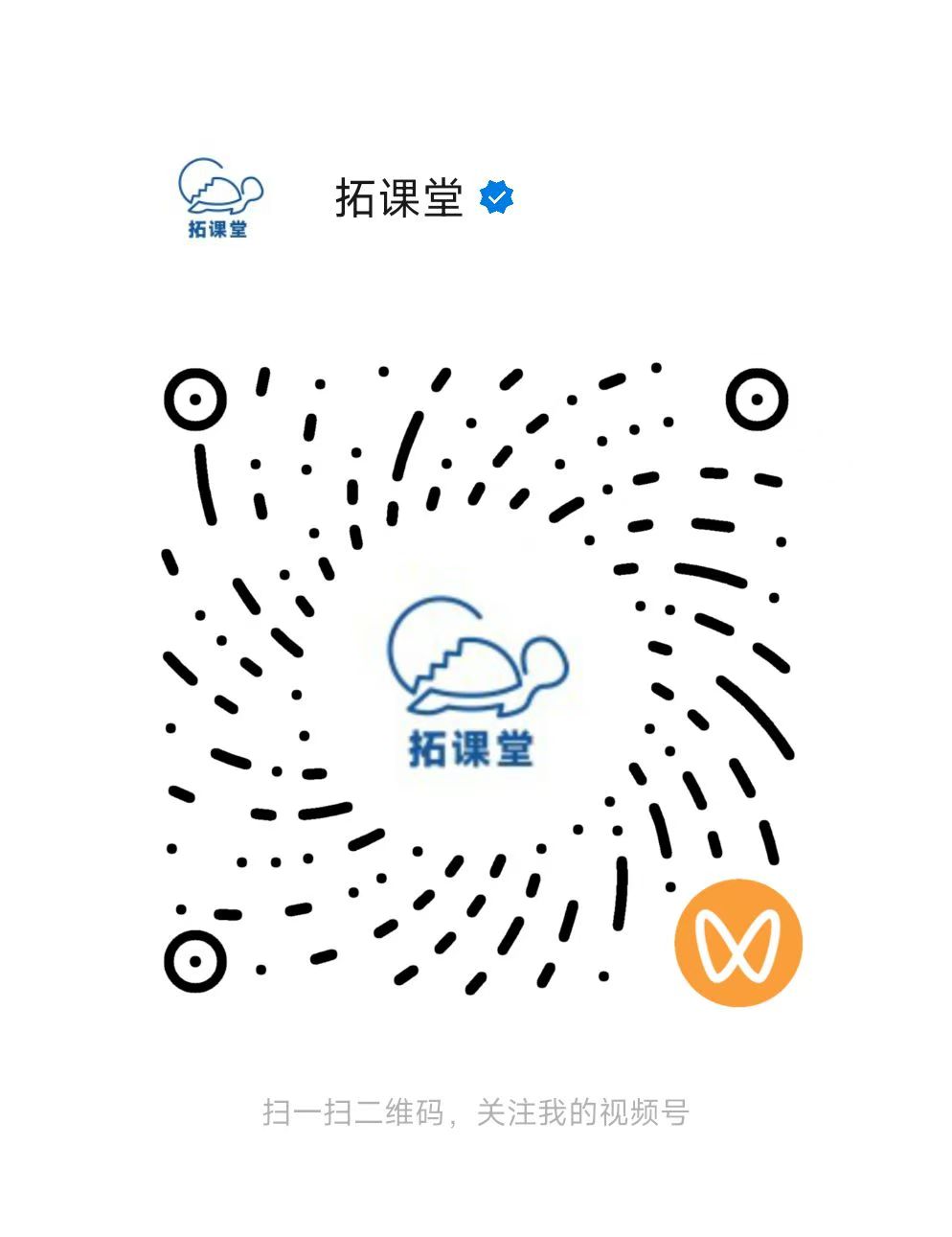IGCSE物理 核心笔记
学科重点
学习进度追踪
1. Motion, Forces and Energy (运动、力与能量)
Section titled “1. Motion, Forces and Energy (运动、力与能量)”1.1 Physical Quantities and Measurement Techniques (物理量与测量技术)
Section titled “1.1 Physical Quantities and Measurement Techniques (物理量与测量技术)”测量是物理学的基础,我们先来看看如何准确地测量各种物理量。
基本测量工具
Section titled “基本测量工具”测量工具的使用
提高测量精度的技巧
Section titled “提高测量精度的技巧”有时候我们需要测量非常小的距离或很短的时间。怎么办呢?答案是:测量多次,然后取平均值。
测量摆的周期
测量细线的直径
Scalar(标量)vs Vector(矢量)
Section titled “Scalar(标量)vs Vector(矢量)”这是物理学中超级重要的区分!
Click to flip • Press Space or Enter
Click to flip • Press Space or Enter
矢量的合成(Resultant Vector)
Section titled “矢量的合成(Resultant Vector)”当两个矢量互相垂直时,我们用勾股定理和三角函数:
矢量合成公式(仅限互相垂直的情况)
合力计算
1.2 Motion (运动)
Section titled “1.2 Motion (运动)”运动学是物理的核心!我们来看看如何描述物体的运动。
Speed(速率)vs Velocity(速度)
Section titled “Speed(速率)vs Velocity(速度)”Click to flip • Press Space or Enter
Click to flip • Press Space or Enter
平均速率
图像分析(Graph Interpretation)
Section titled “图像分析(Graph Interpretation)”物理考试中,图像题超级常见!我们要会看两种图:
1. Distance-Time Graph(距离-时间图)
| 图像特征 | 物理含义 |
|---|---|
| 水平线(horizontal line) | 静止(at rest) |
| 直线斜坡(straight sloping line) | 匀速运动(constant speed) |
| 斜率(gradient) | 速率 |
| 斜率增大(increasing gradient) | 加速(accelerating) |
| 斜率减小(decreasing gradient) | 减速(decelerating) |
2. Speed-Time Graph(速率-时间图)
| 图像特征 | 物理含义 |
|---|---|
| 零线(zero line) | 静止 |
| 水平线(horizontal line) | 匀速运动 |
| 斜率(gradient) | 加速度 |
| 图像下面积(area under graph) | 距离 |
| 向上斜坡(upward slope) | 加速 |
| 向下斜坡(downward slope) | 减速 |
速率-时间图面积计算
Acceleration(加速度)
Section titled “Acceleration(加速度)”Click to flip • Press Space or Enter
重要常数
落体运动(Falling Motion)
Section titled “落体运动(Falling Motion)”这是考试超爱考的内容!
无空气阻力(Without Air Resistance)
真空中的自由落体
有空气阻力(With Air Resistance)
这个过程更复杂,也更有趣:
-
初始阶段:物体刚开始下落,速度很小,空气阻力(air resistance/drag)也很小,合力向下,加速下落。
-
加速阶段:随着速度增大,空气阻力也增大(阻力 ∝ 速度²)。合力 = 重力 - 阻力,合力逐渐减小,加速度逐渐减小。
-
达到终端速度(Terminal Velocity):当空气阻力增大到与重力相等时,合力 = 0,加速度 = 0,物体以恒定速度继续下落。
Click to flip • Press Space or Enter
跳伞运动员
1.3 Mass and Weight (质量与重量)
Section titled “1.3 Mass and Weight (质量与重量)”很多同学会混淆这两个概念,我们来彻底搞清楚!
Click to flip • Press Space or Enter
Click to flip • Press Space or Enter
Gravitational Field Strength(重力场强度)
Section titled “Gravitational Field Strength(重力场强度)”重力场强度 $g$
质量与重量的计算
如何比较质量和重量?
Section titled “如何比较质量和重量?”| 比较对象 | 使用工具 |
|---|---|
| Masses(质量) | Balance(天平),如 beam balance |
| Weights(重量/力) | Spring balance 或 Newtonmeter(测力计) |
1.4 Density (密度)
Section titled “1.4 Density (密度)”密度告诉我们物质有多”紧密”。
Click to flip • Press Space or Enter
如何测量密度?
Section titled “如何测量密度?”不同形状的物体,测量方法不同:
1. 液体(Liquid)
液体密度测量步骤
2. 规则固体(Regular Solid)
规则固体密度测量
3. 不规则固体(Irregular Solid)
不规则固体密度
浮沉条件(Floating and Sinking)
Section titled “浮沉条件(Floating and Sinking)”浮沉判断
Click to flip • Press Space or Enter
1.5 Forces (力)
Section titled “1.5 Forces (力)”力是让物体运动状态改变的原因。
1.5.1 Effects of Forces (力的效应)
Section titled “1.5.1 Effects of Forces (力的效应)”力可以产生的效果
Load-Extension Graph (载荷-伸长图)
Section titled “Load-Extension Graph (载荷-伸长图)”当我们拉伸弹簧时,会发现一个规律:
Hooke's Law (胡克定律)
Click to flip • Press Space or Enter
Newton’s First Law and Resultant Force
Section titled “Newton’s First Law and Resultant Force”Newton's First Law (牛顿第一定律)
合力计算
Newton’s Second Law:
Section titled “Newton’s Second Law: ”这是物理学中最重要的公式之一!
Click to flip • Press Space or Enter
$F=ma$ 应用
Friction (摩擦力)
Section titled “Friction (摩擦力)”Friction 的特点
Circular Motion (圆周运动)
Section titled “Circular Motion (圆周运动)”这是一个稍微复杂但很有趣的话题!
圆周运动的关键
定性关系:
| 条件 | 结果 |
|---|---|
1.5.2 Turning Effect of Forces (力矩)
Section titled “1.5.2 Turning Effect of Forces (力矩)”有些力不仅让物体移动,还会让它转动!
Click to flip • Press Space or Enter
Principle of Moments (力矩原理)
Section titled “Principle of Moments (力矩原理)”力矩平衡条件
跷跷板平衡
Equilibrium (平衡)
Section titled “Equilibrium (平衡)”一个物体处于完全平衡,需要满足两个条件:
平衡的两个条件
1.5.3 Centre of Gravity (重心)
Section titled “1.5.3 Centre of Gravity (重心)”Click to flip • Press Space or Enter
如何找到 CG?
Section titled “如何找到 CG?”对于不规则的平面物体(lamina),我们可以做实验:
找重心的实验步骤
Stability (稳定性)
Section titled “Stability (稳定性)”如何让物体更稳定?
Click to flip • Press Space or Enter
1.6 Momentum (动量)
Section titled “1.6 Momentum (动量)”动量是描述”运动有多猛”的物理量。
Click to flip • Press Space or Enter
Impulse (冲量)
Section titled “Impulse (冲量)”Click to flip • Press Space or Enter
Conservation of Momentum (动量守恒)
Section titled “Conservation of Momentum (动量守恒)”这是物理学中最重要的守恒定律之一!
动量守恒定律
碰撞问题
Force and Rate of Change of Momentum
Section titled “Force and Rate of Change of Momentum”还记得
Force 的另一种定义
1.7 Energy, Work and Power (能量、功与功率)
Section titled “1.7 Energy, Work and Power (能量、功与功率)”能量是物理学的核心概念,万物皆能量!
1.7.1 Energy (能量)
Section titled “1.7.1 Energy (能量)”能量的储存形式
能量如何转移?
Section titled “能量如何转移?”能量转移的方式
Conservation of Energy (能量守恒)
Section titled “Conservation of Energy (能量守恒)”能量守恒定律
能量转换分析
Click to flip • Press Space or Enter
Click to flip • Press Space or Enter
能量计算
1.7.2 Work (功)
Section titled “1.7.2 Work (功)”Click to flip • Press Space or Enter
功的计算
1.7.3 Energy Resources (能源)
Section titled “1.7.3 Energy Resources (能源)”让我们看看人类如何获取能源。
主要能源类型
| 能源 | 能量转换路径 |
|---|---|
| 化石燃料/生物燃料 | Chemical → Heat → Steam → Mechanical (Turbine) → Electrical (Generator) |
| 水力/风能 | GPE/KE → Mechanical (Turbine) → Electrical |
| 地热/核能 | Nuclear/Internal → Heat → Steam → Electrical |
| 太阳能电池 | Light → Electrical |
| 太阳能热水器 | Infrared → Heat (water) |
比较不同能源
评估能源的标准
Efficiency (效率)
Section titled “Efficiency (效率)”没有任何能量转换是 100% 有用的,总会有”浪费”的能量(通常是热)。
Click to flip • Press Space or Enter
效率计算
1.7.4 Power (功率)
Section titled “1.7.4 Power (功率)”有时候我们关心的不仅是”做了多少功”,还有”做功有多快”。
Click to flip • Press Space or Enter
功率计算
1.8 Pressure (压强)
Section titled “1.8 Pressure (压强)”为什么图钉的尖端那么锋利?因为压强!
Click to flip • Press Space or Enter
压强的规律
压强计算
Pressure in Liquids (液体压强)
Section titled “Pressure in Liquids (液体压强)”液体中的压强有特殊规律:
液体压强的特点
Click to flip • Press Space or Enter
水下压强
2. Thermal Physics (热物理学)
Section titled “2. Thermal Physics (热物理学)”2.1 Kinetic Particle Model of Matter (物质的微粒动理论)
Section titled “2.1 Kinetic Particle Model of Matter (物质的微粒动理论)”物质由微小的粒子组成,这些粒子在不停地运动。这就是微粒动理论的核心思想!
2.1.1 States of Matter (物质的状态)
Section titled “2.1.1 States of Matter (物质的状态)”三态的特性
状态变化的名称
| 变化 | 名称 |
|---|---|
| Solid → Liquid | Melting(熔化) |
| Liquid → Gas | Boiling/Evaporation(沸腾/蒸发) |
| Gas → Liquid | Condensing(凝结) |
| Liquid → Solid | Freezing/Solidification(凝固) |
Click to flip • Press Space or Enter
2.1.2 Particle Model (微粒模型)
Section titled “2.1.2 Particle Model (微粒模型)”让我们从微观角度理解三态!
Solid(固体)
固体的微粒模型
Liquid(液体)
液体的微粒模型
Gas(气体)
气体的微粒模型
Temperature and Particle Motion
Section titled “Temperature and Particle Motion”Click to flip • Press Space or Enter
绝对零度
Gas Pressure (气体压强)
Section titled “Gas Pressure (气体压强)”微粒理论解释气体压强
Brownian Motion (布朗运动)
Section titled “Brownian Motion (布朗运动)”这是微粒动理论的重要证据!
布朗运动
Click to flip • Press Space or Enter
2.1.3 Gases and the Absolute Scale of Temperature
Section titled “2.1.3 Gases and the Absolute Scale of Temperature”温度对气体压强的影响(体积不变)
Section titled “温度对气体压强的影响(体积不变)”加热气体(恒定体积)
体积对气体压强的影响(温度不变)
Section titled “体积对气体压强的影响(温度不变)”压缩气体(恒定温度)
Kelvin 与 Celsius 的转换
Section titled “Kelvin 与 Celsius 的转换”Click to flip • Press Space or Enter
Boyle’s Law (玻意耳定律)
Section titled “Boyle’s Law (玻意耳定律)”Boyle's Law
Boyle's Law 应用
2.2 Thermal Properties and Temperature (热学性质与温度)
Section titled “2.2 Thermal Properties and Temperature (热学性质与温度)”2.2.1 Thermal Expansion (热膨胀)
Section titled “2.2.1 Thermal Expansion (热膨胀)”热膨胀的原因
膨胀程度比较
Key Concepts
应用与后果
| 类型 | 例子 |
|---|---|
| 应用 | • 双金属片温度计(bimetallic strip thermometer) • 给车轮套金属环:加热膨胀套上,冷却收缩固定 |
| 需要预防 | • 铁路轨道间留缝隙(防止夏天膨胀变形) • 桥梁有伸缩缝 • 热玻璃杯不能立即加冷水(会炸裂) |
2.2.2 Specific Heat Capacity (比热容)
Section titled “2.2.2 Specific Heat Capacity (比热容)”Click to flip • Press Space or Enter
比热容的含义
比热容计算
测量比热容的实验
实验步骤(固体或液体)
2.2.3 Melting, Boiling and Evaporation (熔化、沸腾与蒸发)
Section titled “2.2.3 Melting, Boiling and Evaporation (熔化、沸腾与蒸发)”状态变化时温度不变?
Section titled “状态变化时温度不变?”这是一个很反直觉的现象!
状态变化的能量去向
Click to flip • Press Space or Enter
凝结和凝固
相反的过程
Evaporation(蒸发)详解
Section titled “Evaporation(蒸发)详解”蒸发是一个特殊的气化过程。
蒸发的微观机制
Click to flip • Press Space or Enter
Boiling vs Evaporation
| 特征 | Evaporation(蒸发) | Boiling(沸腾) |
|---|---|---|
| 温度 | 任何温度 | 固定温度(沸点) |
| 位置 | 只在表面 | 液体内部(形成气泡) |
| 速度 | 较慢 | 快速 |
影响蒸发速率的因素
如何加快蒸发?
蒸发应用
2.3 Transfer of Thermal Energy (热能传递)
Section titled “2.3 Transfer of Thermal Energy (热能传递)”热能有三种传递方式:传导、对流、辐射。
2.3.1 Conduction (传导)
Section titled “2.3.1 Conduction (传导)”Click to flip • Press Space or Enter
金属为什么是良好的热导体?
金属的特殊性
良导体 vs 绝缘体
实验:比较导热性
2.3.2 Convection (对流)
Section titled “2.3.2 Convection (对流)”Click to flip • Press Space or Enter
对流的原理
对流为什么发生?
对流实验
2.3.3 Radiation (辐射)
Section titled “2.3.3 Radiation (辐射)”Click to flip • Press Space or Enter
表面颜色和质地的影响
这是考试重点!
辐射的吸收与发射
热平衡(Thermal Equilibrium)
温度恒定的条件
辐射速率的影响因素
Key Concepts
辐射应用
2.3.4 Consequences of Thermal Energy Transfer (热传递的应用)
Section titled “2.3.4 Consequences of Thermal Energy Transfer (热传递的应用)”让我们看看现实生活中的例子!
单一传热方式
| 例子 | 主要传热方式 | 解释 |
|---|---|---|
| 金属锅加热 | Conduction(传导) | 热从火焰通过金属传导到食物 |
| 暖气片加热房间 | Convection(对流) | 热空气上升,冷空气下沉,形成对流循环 |
复杂应用(多种方式)
篝火的热传递
汽车散热器
IGCSE Physics 核心要点回顾
复习清单
祝你学习顺利,考试成功!🎉
记住:物理不是死记硬背,而是理解自然规律。多问”为什么”,多想”如何解释”,你会发现物理其实很有趣!

